
The Best Shots of the 1920’s
Since we hate ourselves, we’ve decided to narrow down what we believe to be the top ten best shots of each decade. There are a lot of choices to go through, and obviously, it’s not totally comprehensive. We’re only mortals! (Michael only speaks for himself. Insha will live forever. K? Thx.) Even our first entry, the 1920’s, is full of potential movies which are full of potential shots.
We’ve sort of limited ourselves to one shot per movie (which we may or may not break going forward) (we will), and we’ve alternated our options. The list is numbered for ease, not because number one is necessarily the best shot. It is pretty great though.
The criteria for our choices is completely subjective, obviously. A shot may be beautiful out of context or only work with the full context of the scene or movie. We’ll try to explain our selections and why they, and maybe even the movie they’re from, are so damn good.
So, we’ll start off with one of the most famous films of the 1920’s…
10. Metropolis (1927)
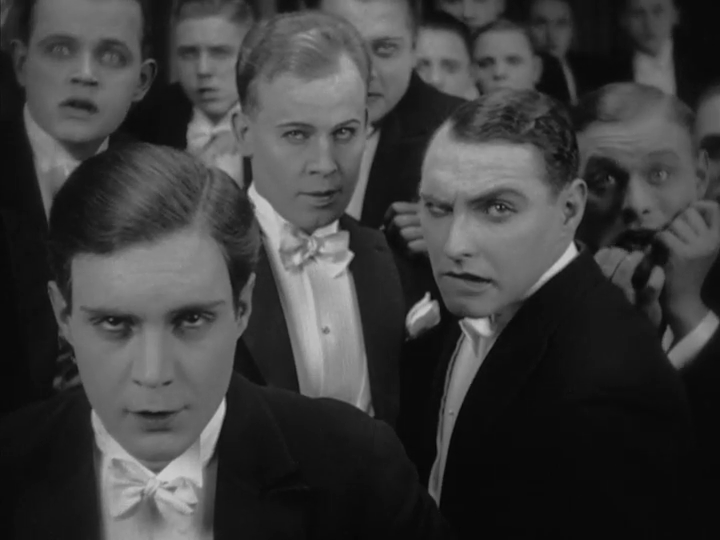
Metropolis is filled to the brim with shots and images that could be considered the best of all time, let alone the best of the decade. Fritz Lang’s classic is an all-timer, laying the groundwork for the sci-fi genre. This image, the hungry and leering visage of man has always stuck with me, even above the genre-defining images of the rest of the film – Michael
09. Man With a Movie Camera (1929) – Eye Within The Eye
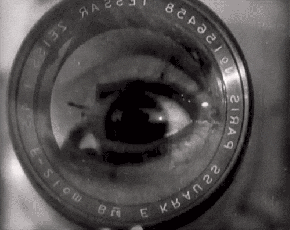
Man With A Movie Camera is just that, a man with a movie camera that documents what a man can do with a movie camera. It’s a film that carries so many particularly stunning shots within it. It also has so many great techniques shown throughout, but one that stuck with me was the eye with the camera eyes. It kinda signifies the entire film as a whole, to be honest. We try to capture and expose what we see through the cinema. I made that philosophical by mistake. My bad. Also, Dziga Vertov’s wife edited this movie and does a DAMN good job. – Insha
08. The Passion of Joan of Arc (1928) – “Has God made you promises?”
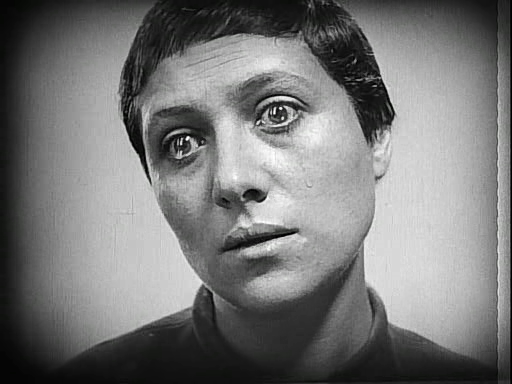
Renée Jeanne Falconetti’s face carries the entirety of The Passion of Joan of Arc. Not that it isn’t an interesting film outside of her performance, more than her performance is the film. You could select almost any shot of her face during her trial, and I’d agree that it’s the best shot in the movie. Joan is admitting that her only release from prison and persecution will be her eventual death. Resignation, sorrow, awe and an entire rainbow of other emotions run across her face throughout. Falconetti delivers one of the strongest performances of all time. – Michael
07. The Man Who Laughs (1928) – The Smile
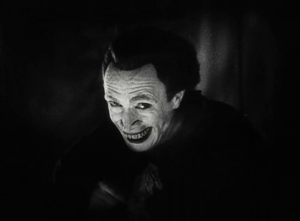
When I first saw this movie, I wasn’t into comic books as I am now. Once I saw this movie, my first thought was “IS THAT THE FUCKING JOKER?!” My suspicions about that came after seeing this shot from the film. The Man Who Laughs has so many fantastic and beautiful shots within it. This shot works on so many levels that work with this character and the character it would inspire later. It’s creepy, maniacal, unsettling and unpredictable. It’s also just so fucking brilliant to look at cause you don’t know whether he wants to kill you or kiss you (please don’t). Also, just to make this clear, The Man Who Laughs isn’t exactly a horror story. Believe it, kids. – Insha
06. Battleship Potemkin (1925) – The Odessa Steps
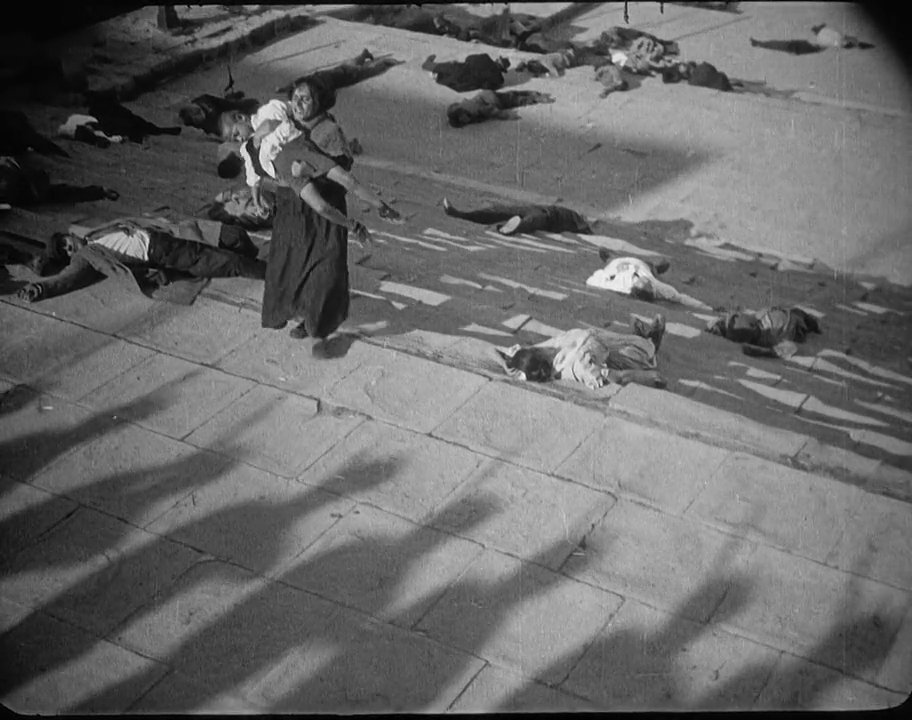
Battleship Potemkin is a great watch overall. The Odessa Steps is undoubtedly the centrepiece, but the sequence lasts around seven minutes. In my opinion, the most affecting part is the mother holding her gravely injure child aloft to the soldiers, about to be mowed down like the rest of the people on the steps. It’s a great combination of emotion and blocking. – Michael
05. The Cabinet of Dr. Caligari (1920) – The Lurking of Cesare
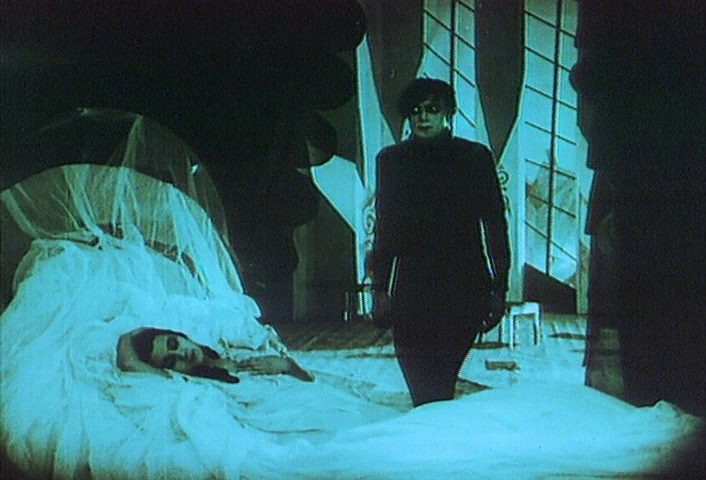
The Cabinet of Dr. Caligari was one of the two German Expressionist movies that laid some of the ground works for what certain avant-garde films would employ after awhile. From the sets, the costumes, the shots, everything about The Cabinet of Dr. Caligari stands out and looks like a painting. This particular shot from the movie stuck with me for a very long time. The Lurking of Cesare (you’re welcome for that title) reminds me of The Nightmare by Henry Fuseli, but just the predatory nature skeeves you the fuck out. – Insha
04. Wings (1927) – The Tracking Shot
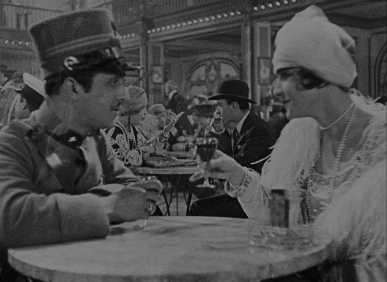
This is kind of an all-timer, well-regarded for its technical mastery. It’s really not much more than pulling tables out of the way, but the sweeping scope of the camera is absolutely worth the effect. It’s recreated in last years The Last Jedi, which is cute, but not nearly as effective when done with CGI. There’s something charming about the idea of actors and crew members quickly getting out of the way to create the shot. It’s the creation and evolution of the language and possibilities of cinema in action. – Michael
03. Un Chien Andalou (1929) – The Eye

“Once Upon A Time.” A man sharpens his razor and opens a woman eye wide. She stares into the camera calmly, not blinking or pulling away. The man brings the razor over and slices her eye open. Hi. Welcome to Un Chein Andalou. This is legit the first few minutes of the film. It honestly keeps you tangled enough to keep watching what happens. Made by Luis Buñuel and Salvador Dali, it’s one of those films that don’t have a plot what so ever, but the opening shot locks you in for the insanity to come. – Insha
02. Nosferatu (1922) – The Count’s Shadow

The shadow work in Nosferatu is undeniably iconic. It’s both a throwback to the shadow puppets of yore and an instant icon that would be referenced and entirely stolen in the vampire films to come. It’s hard to get any more iconic than shadows and light. It’s the basics of film and visual storytelling and there’s no surprise how influential the image has become. – Michael
01. Phantom of the Opera (1925) – The Face Reveal
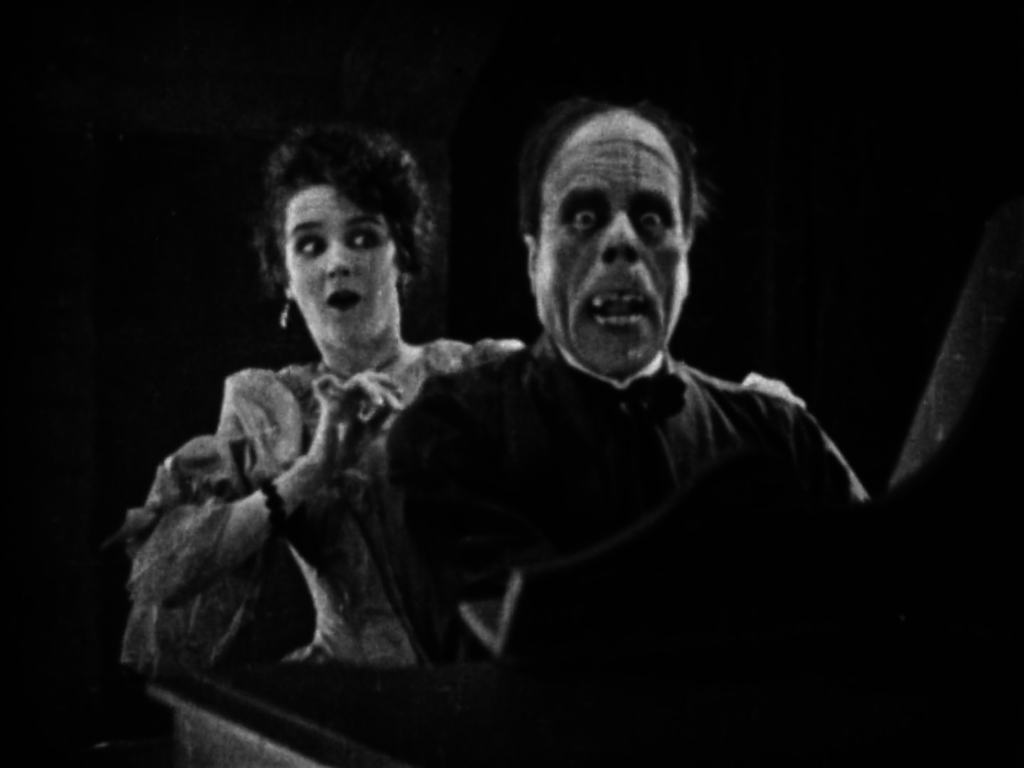
I don’t think you can come out of the 1920’s unless you talk about The Phantom of The Opera. I know I can’t. The Face Reveal is effective in so many ways. The push and pull leading up to the unmasking. Christine pulling off the mask. But nothing comes better than THIS particular moment. Between the “heheheh, I did it” from Christine and the absolute shock of The Phantom. You know what makes this even better? The audience was the first ones to see this BEFORE Christine. She’s still in bliss, but when the mask lifts, the audience is shocked before it shocks her. – Insha
We’ll be back next time with wizards, mad scientists and giant apes…

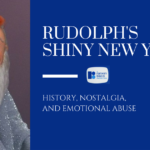

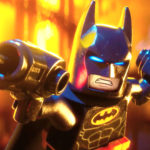
2 thoughts on “The Best Shots of the 1920’s”